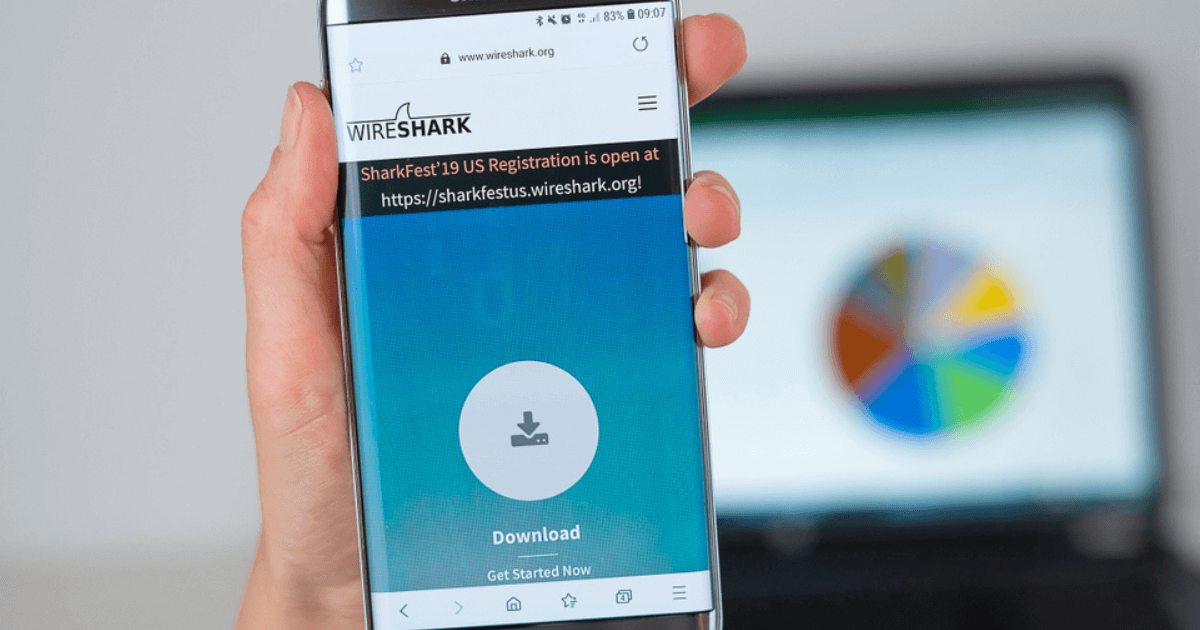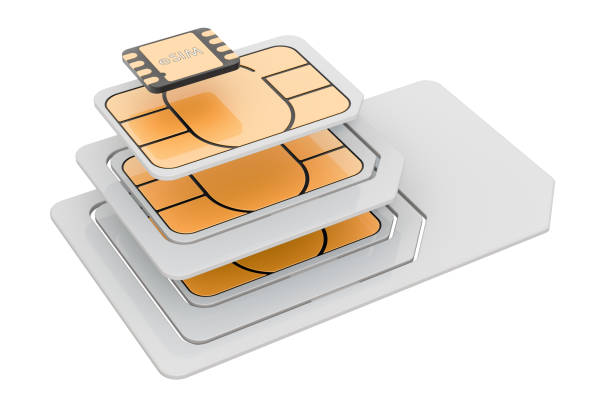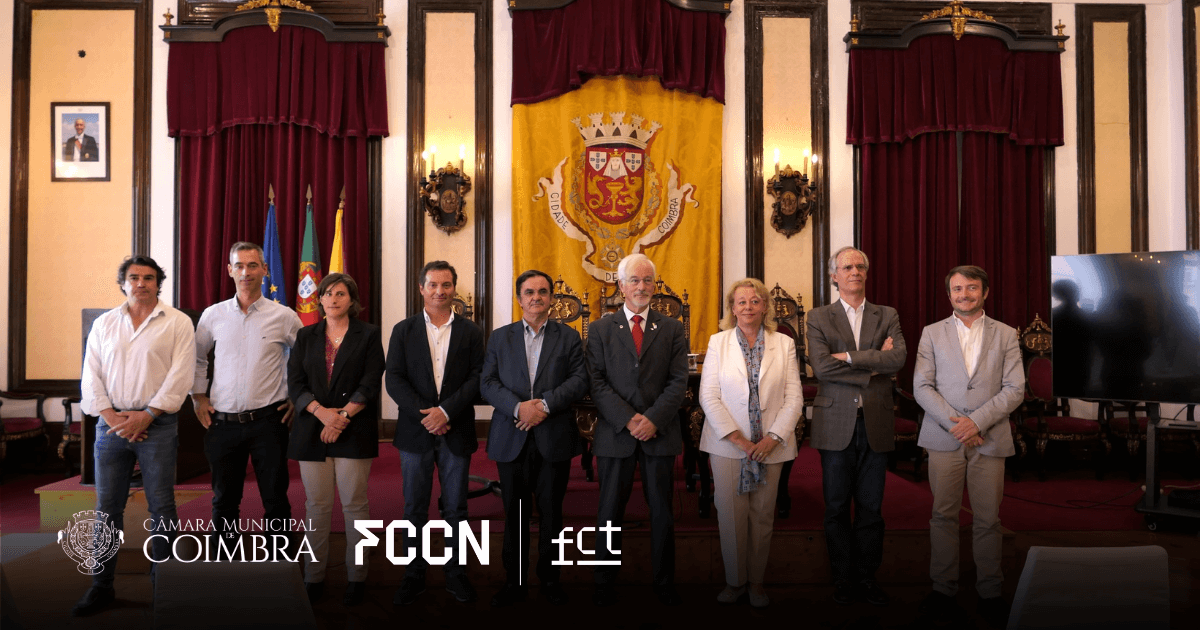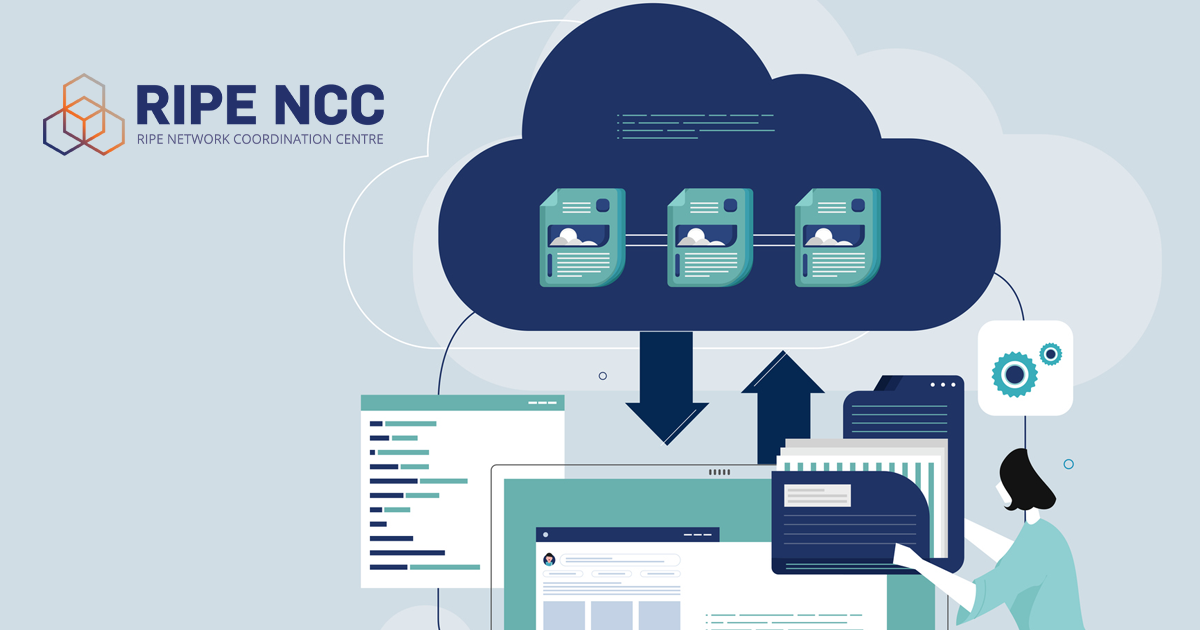

The invention of telephony revolutionized the world in the late 19th century and enabled communication between two people over long distances, modernizing the way humanity interacts today. However, in historical judgment, there is still no consensus on who actually invented the telephone. Perhaps it was Bell, perhaps it was Meucci.
In 1973, the first mobile device—the DynaTAC—appeared. Almost 100 years after the discovery of telephony, Motorola introduced the prototype invented by Martin Cooper. The company developed the device for 10 years, releasing the first mobile phone in 1983—the DynaTAC 8000X.
With the advancement of the internet and high-speed communications, the VoIP (Voice over Internet Protocol) concept emerged in 1995. For the first time in the history of telephony, this technology allowed the use of internet infrastructure as a means of voice communication. Its development became quite attractive, especially for companies and service providers due to its scalability and infrastructure cost savings.
VoIP converts the analog signal (our voice) into a digital signal. Through IP protocols, multiple data packets are sent to the recipient, enabling communication between mobile and fixed devices such as cell phones and computers. Video transmission with high-quality image and audio is also possible.
Some important VoIP protocols to keep in mind are SIP, SDP, ENUM, H.323, PINT, RTP, SIMPLE. Articles on some of these protocols will be published later.
There are several ways to make VoIP calls, such as:
- Computer or smartphone applications (e.g.: MsTeams, WhatsApp, Zoom and Skype);
- Softphones installed on computers or smartphones (e.g.: 3CX, Linphone; Bria);
- IP phones (e.g. Cisco, Snom, Grandstream).
The versatility of functions available in VoIP equipment has attracted attention in the business world due to its greater integration, cost reduction, flexibility, mobility and better centralized management, providing a revolution in the digital age.











